África/Sudáfrica/19 de Agosto de 2016/Fuente: HRW.org
RESUMEN: Sudáfrica ha avanzado poco en hacer frente a la discriminación y la exclusión que sufren los niños con discapacidades cuando se accede a las escuelas, Human Rights Watch y la Sección 27, dijo hoy. El Gobierno Nacional de Sudáfrica tiene que tomar medidas urgentes para demostrar su compromiso con la educación inclusiva. Mientras que altos funcionarios del gobierno han hecho declaraciones alentadoras acerca de la inclusión de todos los niños en la educación, el gobierno no se ha traducido su compromiso en acción. LaSección 27, un centro de abogados líder sudafricano de interés público, llevó a cabo una nueva investigación que demuestra violaciónes generalizadas y graves de los derechos de los niños con discapacidades, incluyendo la actual discriminación y la falta de medidas concretas para abordar áreas de alta exclusión en el Distrito Umkhanyakude de KwaZulu -Natal. Basado en entrevistas con 100 cuidadores de niños con discapacidades y las visitas a las escuelas especiales y 14 de servicio completo, describe la situación allí como un «apartheid racial y discapacidad dual en el sistema educativo de Sudáfrica.»
South Africa has made little progress in addressing the discrimination and exclusion faced by children with disabilities when accessing schools, Human Rights Watch and Section 27 said today. South Africa’s national government needs to take urgent action to demonstrate its commitment to inclusive education.
Section 27, a leading South African public interest law center, conducted new research demonstrating widespread and severe violations of the rights of children with disabilities, including the ongoing discrimination and the lack of concrete action to address areas of high exclusion in the Umkhanyakude District of KwaZulu-Natal. Based on interviews with 100 caregivers of children with disabilities and visits to 14 special and full-service schools, it described the situation there as a “dual racial and disability apartheid in South Africa’s education system.”
Nongovernmental organizations have repeatedly called for clarity on the numbers of children with disabilities who remain out of school, as well as for explicit budget lines for inclusive education in national and provincial budgets. Human Rights Watch has also said the government should stop segregating children with disabilities, and ensure that they are accommodated and guaranteed quality education in mainstream schools.
The government has not yet presented accurate data to show how many children with disabilities are out of school and continues to rely on estimates and outdated data.
In November 2015, the minister of basic education, Angelina Motshekga, announced that the Department of Basic Education would take major steps to strengthen the implementation of its inclusive education policy. In March 2016, President Jacob Zuma announced his commitment that “all government institutions must ring fence a budget for participation by and empowerment of young persons with disabilities, and must report annually on the impact of these programmes.”
Yet, the government’s 2016-2017 budget does not have a dedicated budget line for inclusive education, and does not stipulate financial support for full service schools, which would be adapted or built to accommodate children with disabilities and provide specialized services and attention in a mainstream environment. The Department of Basic Education stated that it has budgeted R6.3 billion (US$450 million) for special schools in 2016, and allocated funds for workbooks for visually impaired learners.
Research conducted from 2013 to 2015 by Section 27 in Umkhanyakude District, in northeast KwaZulu-Natal, found that schools are not provided with sufficient and consistent funding to accommodate students with disabilities. Both special and full service schools in the district report serious problems with infrastructure and access to basic services.
Chronic underfunding also affects special schools around the country, particularly those in rural areas like the Umkhanyakude District. Although the district’s three special schools have been built recently and appear impressive at first sight, they lack furniture and facilities needed by children with disabilities.
Human Rights Watch and Section 27 acknowledged the government’s attempts to carry out its screening, identification, assessment, and support policy, to ensure that all children are screened for learning barriers. Where the policy has been carried out correctly and understood by local education officials, it is increasing support for children with disabilities who are adequately assessed. However, the policy is not being uniformly rolled out in many rural areas, in many cases due to a lack of resources and the absence of qualified education personnel.
Beyond assessments, the government should ensure that adequate support and reasonable accommodations are provided in mainstream schools, to ensure that more children with disabilities can get quality education in inclusive environments.
The United Nations Committee on the Rights of the Child will review South Africa’s record on September 19-20, 2016. Nongovernmental organizations have submitted evidence on the discrimination faced by children with disabilities in education. They urged the committee to recommend that South Africa should adopt adequate legislation to protect the right to education of children with disabilities, and allocate adequate resources to guarantee more children with disabilities access inclusive schools.
“We acknowledge the department’s intent to make a budget available to strengthen special schools for an inclusive education system,” said Silomo Khumalo, legal researcher at Section 27. “However, intent is not good enough. It must be supported with action. Funds from the Treasury must be allocated. We measure the department’s success by the standard set by the constitutionally entrenched right to basic education and children with disabilities’ right to equality. This right applies to all children, including children with disabilities, right now.”
New Evidence of Exclusion of Children with Disabilities
Section 27’s August 2016 report, “‘Too Many Left Behind’: Exclusion in the South African Inclusive Education System,” documents widespread violations of the rights of children with disabilities in the Umkhanyakude District of KwaZulu-Natal. Section 27 found violations against poor black children with disabilities so severe that it described the situation as a “dual racial and disability apartheid in South Africa’s education system” that amounts to systemic violations of children’s constitutional rights to basic education, equality, and dignity.
Based on interviews with 100 caregivers of children with disabilities, and visits to three special schools and 11 full service schools in the district, Section 27 found that a large number of children with disabilities in the district do not have – and may never have had – access to school. A study in Manguzi in 2001 estimated that 53 percent of children with disabilities “did not attend school,” and of those who did, 53 percent “reported having difficulties at school.”
At special schools, teachers struggle to teach the curriculum – both because they don’t have the requisite skills to teach children with varying barriers to learning, and because their classes are too big to give children individual attention and support.
Out of the 11 full service schools in the district, only two have any transportation provided by the province’s Department of Education. One of the schools, with an enrollment of 1,000 learners, has a bus that transports 120 children on a specific route. The second school shares a single bus with seven other schools in its area, and the principal must provide a list of only the children with the greatest need to receive the service. Many children on the list refuse to use the bus, saying they are bullied by high school students who also use the bus.
The nine remaining schools have no transportation or budget to help children with transportation. The schools say that the provincial Department of Education has been made well aware of their desperate need for transportation.
Ten of the 11 full service schools in the district are primary schools. Only one of the 14 schools in the district that serves children with disabilities – Somfula Secondary School – is a high school. This school has such limited space that it largely only accepts students from its primary school. Most children with intellectual, sensory, or severe physical disabilities cannot go beyond grade seven or attain a National Senior Certificate in their own district.
A government report released in November 2015 estimates that Kwazulu-Natal has as many as 182,153 children ages 5 to 18 with disabilities, but that as many as 137,889 – 76 percent – may not be receiving any schooling.
Selected Accounts
A parent of an 8-year-old boy with physical and intellectual disabilities in Manguzi, said:
The doctors [at Manguzi Hospital] referred my son to Sisizakele [special school], and I was told that he would be placed on a waiting list and I would receive a call. I have still not received a call. He was delayed in learning to walk and talk, though he will laugh sometimes. Now he can even bathe himself. But he can’t read or write and is very slow at school, and still struggles to speak properly. The local school indicated that they couldn’t cope with him after he had been there for a year.
He is eight years old. He has been out of school for more than two years. Both my son and I are hurt that he is not in school. It means that the teachers think my son is nothing compared to other people.
The head of department at a special school said:
Some learners leave the school, and then find somewhere to do grade seven, and then receive further education. Others cannot, because they are fully dependent and would require another special school to do so, even if they could cope with the content of higher grades. [There are] three children currently at the school who have the potential to go to grade seven after being educated at [our special school]; but because they are in wheelchairs, they cannot be taken to another school.
A principal at a full-service school said:
It is more important to have transport, because there are learners with disabilities at the school. There is a grade four learner who is epileptic, and he does not want to walk so far and so will fight with his parents. There is another learner in the school who has a physical disability who walks far to school, and sometimes when she arrives she will complain that she feels sick and so she can’t learn. This child has a limp, and must walk 10 kilometers to school. One side of her body does not work properly.
Fuente: https://www.hrw.org/news/2016/08/19/south-africa-little-progress-youth-disabilities
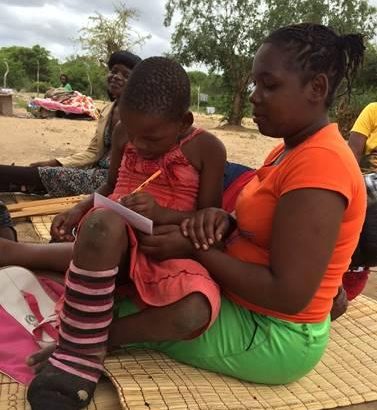
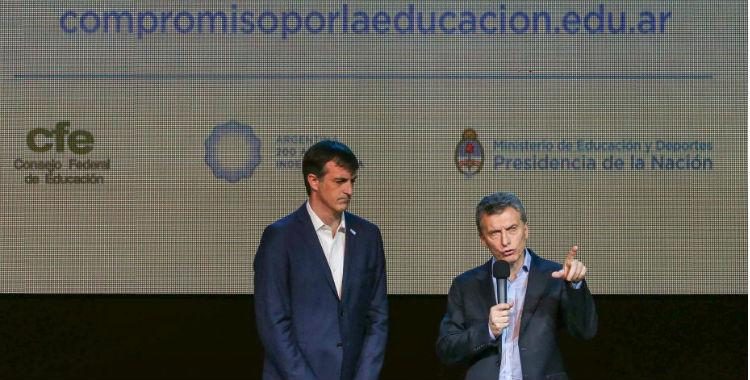
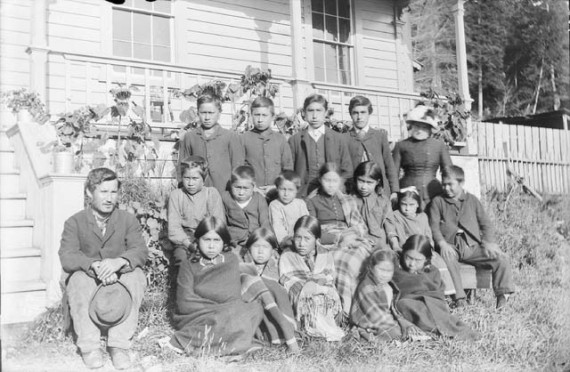
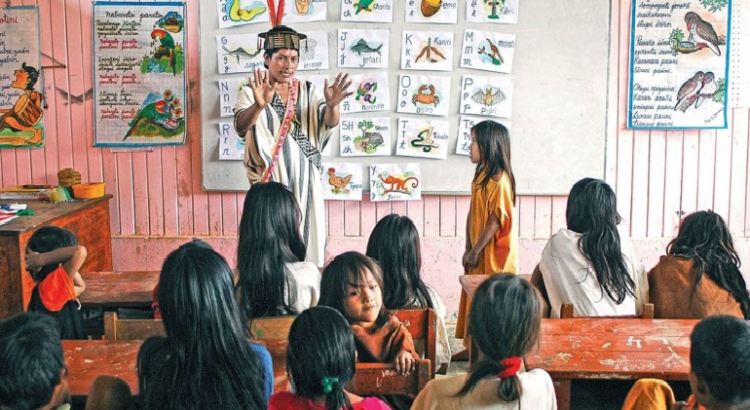
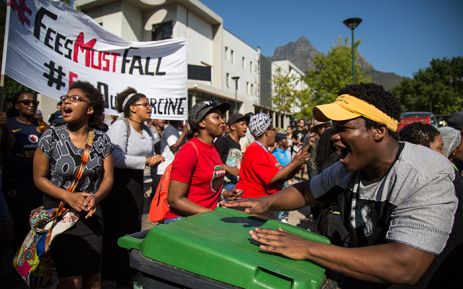
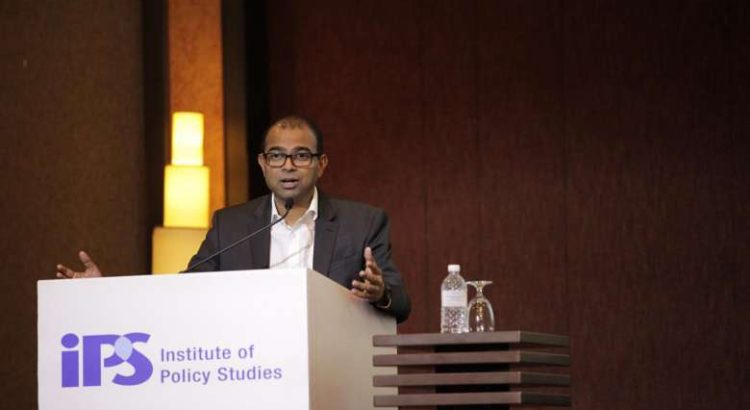
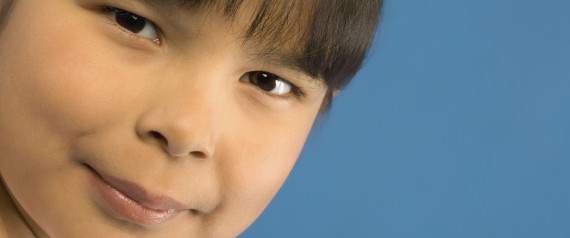







 Users Today : 144
Users Today : 144 Total Users : 35403981
Total Users : 35403981 Views Today : 178
Views Today : 178 Total views : 3333424
Total views : 3333424